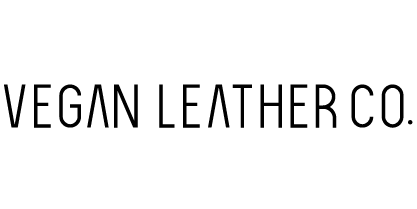When we first heard about Pineapple Leather it quickly grabbed our attention.
I’m usually optimistic by nature but before testing it out I 100% doubted it.
My thought process was:
A leather made from a pineapple will probably fall apart.
No way could it be as strong as animal hide.
It will probably be spikey like a pineapple.
Nah let’s not try it.
But what if it could replace animal leather?
I was curious to see how well Piñatex works in a real-life setting, so in 2019 we ordered 20 metres of the material and started testing it by getting our friends, family and customers to use their test wallets or bags over a year to see how quickly it fell apart.
